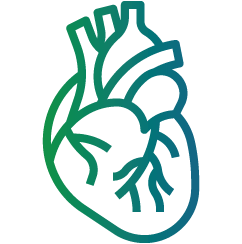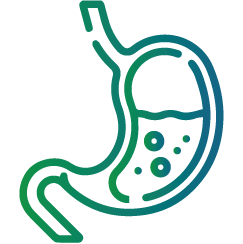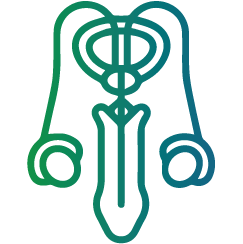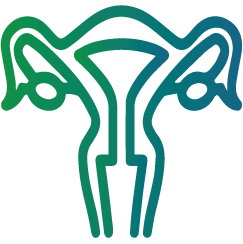Fistula, a condition often misunderstood and overlooked, carries significant implications for those affected by it. It’s crucial to shed light on this condition, exploring its nuances, causes, symptoms, and available treatments. This blog aims to provide a comprehensive understanding of fistula, enabling readers to recognize its signs and seek timely medical attention.
What is Fistula?
A fistula refers to an abnormal passageway between two organs or between an organ and the skin. These passages, which shouldn’t exist naturally, often result from injury, surgery, infection, or inflammation. While fistulas can occur in various parts of the body, some common types include anal fistulas, urinary fistulas, and obstetric fistulas.
Causes of Fistula:
Understanding the underlying causes is crucial in grasping the complexities of fistula development. Conditions like Crohn’s disease, infections, injury during childbirth, surgery complications, and certain cancers can predispose individuals to fistula formation. Lifestyle factors, such as smoking and poor nutrition, can also play a role.
Symptoms:
Recognizing the symptoms early can significantly impact treatment outcomes. Fistula symptoms vary depending on their location but often include pain, discharge, swelling, and in some cases, fever or chills. However, symptoms may be subtle, leading to delayed diagnosis and treatment.
Diagnosis and Treatment:
Diagnostic procedures, including imaging tests and physical examinations, aid in confirming the presence and location of a fistula. Treatment options range from medication to surgical interventions, aiming to close or repair the abnormal passage. Management may also involve addressing underlying conditions contributing to fistula formation.
Living with Fistula:
The impact of fistula extends beyond its physical manifestations. It can affect one’s emotional well-being and quality of life. Support groups, lifestyle modifications, and counseling can play pivotal roles in helping individuals manage the challenges associated with living with a fistula.
Conclusion:
Raising awareness about fistula is imperative for early detection and intervention. By understanding its causes, symptoms, and available treatments, individuals can take proactive steps toward seeking appropriate medical care. Let’s join hands to increase awareness, support affected individuals, and advocate for accessible healthcare for those battling with this condition.
















